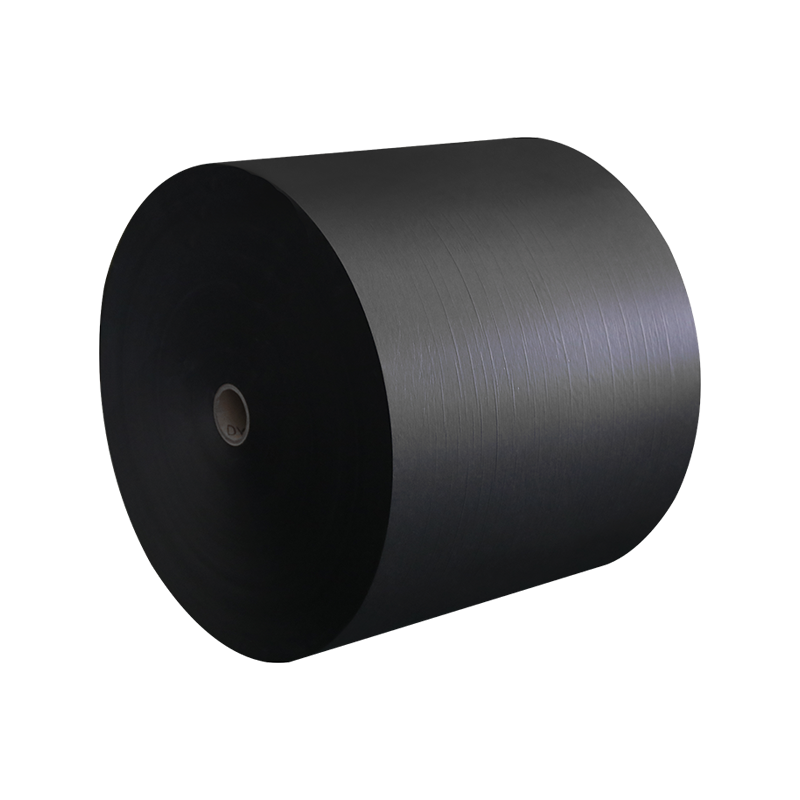Packaging base paper is an indispensable basic material in the packaging industry and is widely used in the production of corrugated board, cartons, paper bags and other types of packaging products. As an important part of the packaging industry chain, packaging base paper has become an indispensable material in modern logistics, retail and industrial fields with its excellent strength, environmental protection and economy.
After special treatment, packaging base paper has high tensile strength and tear resistance, and can withstand pressure and impact during transportation and storage. This makes it very suitable for making heavy packaging materials such as corrugated boxes.
Environmental protection and sustainability
Packaging base paper is made of renewable resources (such as wood, bamboo or recycled waste paper) and can be recycled many times, reducing the impact on the environment. This feature makes it an ideal choice to replace plastic packaging.
Diverse uses
According to different needs, packaging base paper can be processed into a variety of products, such as corrugated board, food packaging paper, shopping bag paper, etc., to meet the needs of different industries.

Cost-effective
Compared with other packaging materials (such as plastic or metal), packaging paper has a low production cost and is lightweight, which helps reduce logistics and transportation costs.
Good printability
The surface of packaging paper is flat and smooth, suitable for high-quality printing and decoration, thereby enhancing brand image and market competitiveness.
Manufacturing process and technological innovation
The production of packaging paper involves multiple complex steps, including pulping, papermaking, coating and finishing. The following are its main manufacturing processes:
Pulping process
Raw materials (such as wood pulp and waste paper pulp) are cooked, bleached and purified to form uniform pulp. Modern pulping technology can significantly improve fiber utilization and reduce chemical emissions.
Papermaking process
Pulp is dewatered, pressed and dried on the wire to form a continuous paper web. In this process, the paper performance can be optimized by adjusting the fiber ratio and adding functional additives.
Coating and finishing
Some high-end packaging papers need to be coated to enhance their waterproof, oil-proof or printing effects. In addition, the paper can be given a special look and feel through processes such as calendering and embossing.
In recent years, with the advancement of science and technology, the production process of packaging base paper has been constantly innovating. For example, the application of nanocellulose improves the strength and barrier properties of paper; intelligent production lines achieve higher production efficiency and quality control.
Application areas
Packaging base paper has been widely used in many industries due to its versatility and adaptability:
Logistics and transportation
Against the background of the rapid development of e-commerce and global trade, corrugated boxes have become the main packaging form for commodity transportation and warehousing. As the core material of corrugated boxes, packaging base paper plays a vital role.
Food and beverage industry
Food-grade packaging base paper is widely used to make disposable lunch boxes, paper cups, food bags and other products. These materials are not only safe and hygienic, but also comply with strict environmental regulations.
Retail and consumer goods
The packaging of goods in shopping malls and supermarkets cannot be separated from the support of packaging base paper. Whether it is an exquisite gift box or a sturdy shopping bag, it depends on high-quality base paper materials.
Industry and Manufacturing
In the industrial field, packaging paper is used to make heavy-duty packaging boxes, cushioning materials and protective pads, providing comprehensive protection for machinery and equipment, electronic products, etc.
Agriculture and Horticulture
In the agricultural field, packaging paper can be used to make seedling trays, fertilizer bags and agricultural product packaging boxes, which are both environmentally friendly and practical.
Future Development Trends
With consumers' increasing attention to environmental protection and functionality, the research and development direction of packaging paper is moving towards the following aspects:
Green Environmentally Friendly Materials
The application of degradable coatings, fluorine-free oil repellents and bio-based materials will further enhance the environmental performance of packaging paper and meet the sustainable development goals on a global scale.
High Performance and Multifunctionality
The new packaging paper will have stronger waterproof, oil-proof, antibacterial and other functions to meet the diverse product packaging needs.
Digitalization and Intelligence
The combination of digital printing technology and smart labels will enable packaging paper to have information tracking, anti-counterfeiting and interactive functions, providing more possibilities for brand marketing and supply chain management.
Circular Economy Model
Recycling and closed-loop production will become important trends in the packaging paper industry, and companies will pay more attention to the construction of waste paper recycling systems and the efficient use of resources.
Customized services
As market demands diversify, packaging paper manufacturers will provide more customized options, such as paper with specific colors, textures, and functions, to meet customers' personalized needs.
As the cornerstone of the modern packaging industry, packaging paper not only carries the function of protecting goods, but also shoulders the mission of promoting green development. Whether in logistics, food, retail or industry, it has demonstrated irreplaceable value. In the future, with the continuous advancement of new materials, new technologies and sustainable concepts, packaging paper will surely play an important role in more innovative application scenarios, injecting new vitality into the global packaging industry.